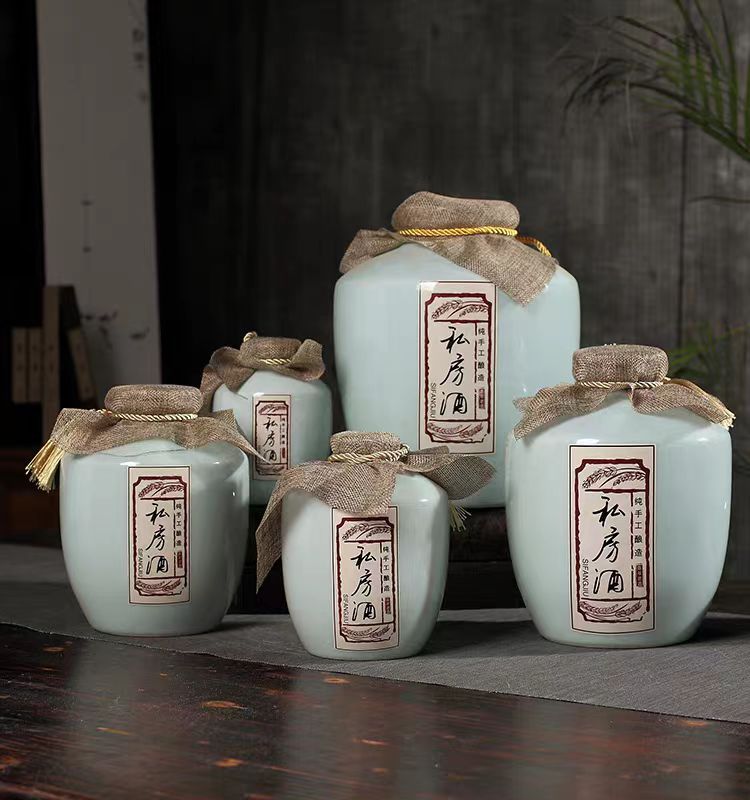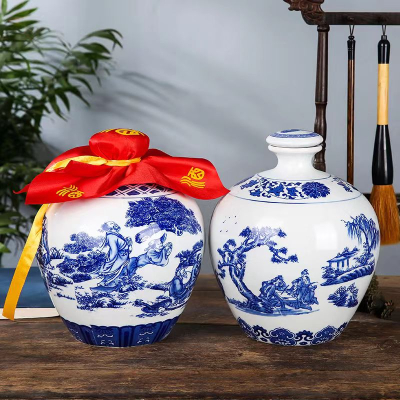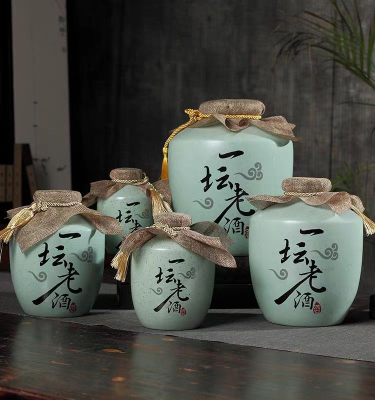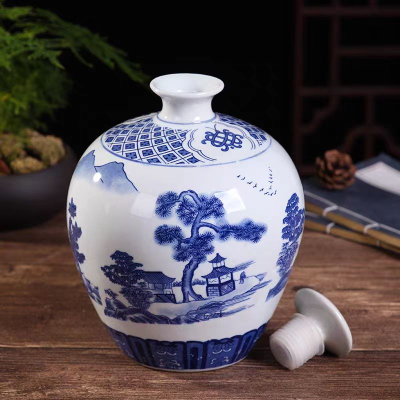Chinese Baijiu: Beauty of Tradition
Among the world’s oldest distilled spirits, Chinese Baijiu: beauty of tradition is more than just a drink—it’s a cultural emblem that embodies history, craftsmanship, and ceremony. This potent spirit, revered for its bold flavor and deep roots, represents a legacy passed down for over a thousand years.
What Is Baijiu?
Baijiu (白酒), literally meaning “white liquor,” is a traditional Chinese distilled alcoholic beverage typically made from sorghum, wheat, rice, or corn. With alcohol content ranging between 40%–60%, Baijiu holds a unique place in the world of spirits. But beyond its strength, Chinese Baijiu: beauty of tradition lies in its intricate production, cultural significance, and regional diversity.
Chinese Baijiu: Beauty of Tradition and Craftsmanship
The phrase Chinese Baijiu: beauty of tradition perfectly encapsulates how every bottle is a product of ancient techniques and regional identity. The fermentation process uses “qu” (a special fermentation starter) and often occurs in clay pits, creating a rich array of aromatic compounds. Many distilleries follow age-old recipes, with some using microbes unique to their specific geographic location—further emphasizing the beauty of tradition in each drop of Chinese Baijiu.
Regional Styles: One Tradition, Many Expressions
Understanding Chinese Baijiu: beauty of tradition means appreciating its variety. There are four primary aroma categories:
Sauce Aroma (Maotai-style) – Rich, complex, and often compared to soy sauce or fermented beans.
Strong Aroma (Luzhou-style) – Fruity and bold, often aged in underground pits.
Light Aroma (Fenjiu-style) – Clean, soft, and floral.
Rice Aroma (Guilin-style) – Delicate and mildly sweet, made primarily from rice.
Each type highlights the regional beauty of tradition that makes Chinese Baijiu so diverse and captivating.
Cultural Significance: More Than a Drink
In Chinese culture, Baijiu plays a central role in celebrations, ancestral rituals, business negotiations, and social bonding. Toasting with Baijiu is an art in itself. Saying “Ganbei” (干杯) – meaning “dry your glass” – reflects respect, unity, and friendship. Indeed, Chinese Baijiu: beauty of tradition is vividly expressed in every clink of a glass.
Modern Revival: The Global Rise of Baijiu
Once considered an acquired taste by outsiders, Baijiu is now gaining global recognition. Craft bars and Michelin-starred restaurants worldwide are incorporating it into cocktails and gourmet pairings. This modern embrace proves that Chinese Baijiu: beauty of tradition can thrive in contemporary settings without losing its soul.
How to Appreciate Baijiu
To truly understand Chinese Baijiu: beauty of tradition, drink it mindfully:
Smell – Inhale the aroma to sense the depth of fermentation.
Sip – Start with small sips to experience its intensity and complexity.
Pair – Match with food like spicy Sichuan cuisine or savory dim sum.
Final Thoughts
Chinese Baijiu: beauty of tradition is not just about taste—it's about culture, history, craftsmanship, and pride. As more people discover its unique character, Baijiu is stepping into the spotlight it rightfully deserves. Whether enjoyed during a Lunar New Year feast or a quiet evening toast, Baijiu is a living testament to China’s rich heritage.
Chinese Baijiu (白酒), often dubbed the "soul of Chinese liquor culture," is the most-consumed spirit globally by volume, yet remains enigmatic to many outside of China. Its complex production techniques, deep cultural symbolism, and diverse flavor profiles make Baijiu not just a beverage, but a living embodiment of Chinese tradition.
This article offers a comprehensive, technically informed, and SEO-optimized exploration of Baijiu, highlighting its traditional production process, engineering principles, safety regulations, flavor taxonomy, and its cultural significance in modern and ancient China. Whether you’re a global importer, beverage technologist, or curious consumer, understanding Baijiu is key to appreciating the full beauty of Chinese tradition.
What Is Chinese Baijiu?
Baijiu (pronounced "bye-joe") is a distilled grain spirit, usually with an alcohol content ranging from 35% to 60% ABV, produced through solid-state fermentation, a method rarely used in Western spirits.
Key Characteristics:
Alcohol Content: Typically 42%–53% ABV
Appearance: Clear and colorless
Flavor: Ranges from fruity to savory, umami to floral
Base Ingredients: Sorghum, wheat, rice, corn, glutinous rice
Unique Feature: Use of Qu (曲), a fermentation starter packed with wild yeasts and molds
Traditional Production Process: Where Science Meets Heritage
1. Raw Material Selection
Baijiu is typically made from sorghum, chosen for its high starch content and fermentation-friendly structure. Some regional variants use rice, wheat, or corn depending on availability and local taste.
2. Qu Making (Fermentation Starter)
Daqu (large Qu) is made from wheat or barley and incubated under high humidity.
It contains Aspergillus, Rhizopus, Saccharomyces, and Lactobacillus to support both saccharification and fermentation.
Temperature control (~30–60°C) and aerobic conditions are critical during Qu maturation (30–45 days).
3. Solid-State Fermentation
Mixtures of steamed grain and powdered Qu are fermented in earthen pits, stone troughs, or ceramic jars.
This anaerobic fermentation lasts 30–90 days, depending on Baijiu type.
4. Distillation
Baijiu is distilled using traditional steam distillation under atmospheric pressure.
Each batch is distilled multiple times to capture different flavor fractions (head, heart, tail).
5. Aging and Blending
Aged in clay pots, ceramic urns, or stainless steel tanks for 6 months to several years.
Master blenders mix batches to achieve balanced aromas and taste.
🧪 Baijiu production balances microbial biochemistry, thermal energy transfer, and fluid mechanics in open, semi-controlled environments — making it both an art and a science.
Categories and Flavor Profiles (As per National GB/T 10781.1–10781.3 Standards)
| Baijiu Type | Aroma Category | Region | Key Traits |
|---|---|---|---|
| Luzhou-flavor | Strong aroma (浓香型) | Sichuan | Fruity, fermented, umami |
| Maotai-flavor | Sauce aroma (酱香型) | Guizhou | Soy sauce, roasted nuts |
| Fen-flavor | Light aroma (清香型) | Shanxi | Clean, floral, refreshing |
| Rice-flavor | Rice aroma (米香型) | Guangxi | Mild, sweet, rice-like |
| Mixed flavor | Compound aroma | Hunan, others | Blended characteristics |
Engineering Considerations in Baijiu Distillation
Solid-State Fermentation Dynamics
Low water activity (aw) promotes selective microbial growth
High thermal mass and natural insulation in mud pits help retain fermentation temperature
Ethanol yield: 40–50 L per 100 kg sorghum
Distillation Optimization
Steam enters from the bottom, condensing volatile alcohols at different trays
Energy recovery systems reduce thermal losses
Stainless steel alternatives are emerging for better process control
Aging Factors
Clay pots allow micro-oxygenation and evaporation
Aging reduces aldehydes, esters stabilize after 6 months
Final ABV adjusted post-aging through controlled dilution
Regulatory Standards and Safety Compliance
| Regulation / Standard | Scope |
|---|---|
| GB/T 10781 series | Defines technical specs for aroma types |
| GB 2757-2012 | Maximum allowable limits for heavy metals |
| ISO 9001 & HACCP | Quality and food safety management systems |
| CNCA food production license | Required for legal sale in Chinese markets |
| Customs Tariff Codes | 2208.90 for export classification |
Baijiu’s Cultural Significance
Baijiu has been at the center of:
Ceremonial rituals (weddings, ancestral offerings)
State diplomacy (served at banquets with foreign dignitaries)
Business culture (key role in guanxi—relationship building)
The famous expression:
“无酒不成席 (No banquet is complete without Baijiu)” reflects its social indispensability.
Frequently Asked Questions (FAQs)
Q1: How is Baijiu different from vodka or whiskey?
A: Baijiu uses solid-state fermentation and Qu instead of pure yeast, and is typically distilled from sorghum, not grains like barley or rye. It also ages in porous earthenware, not oak barrels.
Q2: Is Baijiu gluten-free?
A: Baijiu distilled from pure sorghum or rice is technically gluten-free due to distillation removing proteins, but cross-contamination is possible in some facilities.
Q3: Can Baijiu be aged like whiskey?
A: Yes, but aging vessels differ. Instead of oak barrels, Baijiu is often aged in ceramic pots, which allow air interaction without adding wood flavor.
Q4: Is there a standard alcohol content for Baijiu?
A: Common commercial ABV ranges from 42% to 53%, though some lighter (38%) and stronger (up to 60%) versions exist.
Q5: How should Baijiu be consumed?
A: Traditionally consumed neat at room temperature in small porcelain cups, especially during toasts and festive banquets.









